These Hips Don’t Lie… They Hurt”
Great Dane and Hip Dysplasia
Hi there, fellow humans! It’s me, your friendly neighborhood Great Dane, and I need to have a serious talk with you about something called hip dysplasia. Don’t worry – I promise to keep it fun!
So here’s the deal: about 20-30% of us big, beautiful Great Danes can get hip dysplasia. Think of it like this – imagine trying to sit in a chair that’s the wrong size. Our hip bones just don’t fit together quite right, and trust me, it’s not as comfy as it sounds!
The sneaky thing about hip dysplasia is that we’re really good at hiding it. We Great Danes are tough cookies, so we might not show you we’re hurting until things get pretty bad. It’s like when you stub your toe but try to act cool in front of your friends – except we do it for months!
Why does this happen to us magnificent creatures? Well, blame our genes and the fact that we grow faster than a weed in summer. One day I’m a cute puppy, and the next day I’m towering over the coffee table, wondering how I got so tall!
Here’s what you should watch for: if I start walking like I’m doing a funky dance, seem stiff after my naps, or limp around like a pirate, it might be time for a vet visit. I know, I know – nobody likes going to the doctor, but early detection is super important.
The good news? You can help keep my hips happy! Regular vet check-ups are like getting a report card for my body. Feed me the right food so I don’t turn into a chunky Great Dane (though I’d still be adorable). And please, can we stick to gentle walks instead of making me run marathons? My joints will thank you!
Let’s work together to keep me bouncing around your house for years to come!
Prevalence of Hip Dysplasia in Great Danes
It’s basically when our hip joints don’t fit together quite right, kind of like when you try to put a square peg in a round hole – except it’s not very fun for us!
Since we Great Danes are pretty much giants in the dog world, our hips have to work extra hard to carry around all our magnificence. We grow super fast, too, which sometimes means our joints can’t keep up with how awesome and big we’re getting.
About 20-30% of us furry skyscrapers end up with this hip problem, so it’s pretty common in our breed.
The tricky thing is that we dogs are pretty good at hiding when something hurts. We might just walk a little funny or not want to play fetch as much, but our humans mightn’t notice right away.
That’s why it’s super important for our people to take us to the vet regularly – even when we’re feeling great and trying to convince them we’re still puppies who can jump on the couch. Regular veterinary check-ups can help identify issues like dilated cardiomyopathy early on, ensuring we stay healthy.
If our humans catch this hip thing early, they can help us feel better and keep zooming around the yard like the majestic creatures we are.
Trust me, we want to keep chasing squirrels and giving slobbery kisses for as long as possible!
Genetic and Developmental Causes
Woof! Let me tell you about why some of us Great Danes end up with wonky hips. It’s not exactly my favorite topic, but hey, knowledge is power.
So here’s the deal – sometimes we get hip dysplasia because of our genes. Think of it like getting your mom’s eyes or your dad’s nose, except way less fun.
Sometimes hip dysplasia is in our genes, like getting mom’s eyes or dad’s nose—just a lot less fun!
But wait, there’s more! Sometimes it’s not just our genes being jerks. When we’re puppies, we grow fast – like, ridiculously fast. One day I’m a cute little furball, and the next day I’m knocking things off tables with my tail!
If we don’t get the right food during our crazy growth spurts, or if we grow too quickly, our hip joints can get all messed up.
Basically, our hip bones don’t fit together like puzzle pieces the way they should. Instead, they’re more like trying to jam a square peg into a round hole. This makes walking around pretty uncomfortable and sometimes downright painful.
Not exactly what you want when you’re trying to chase squirrels or steal food off the counter!
The good news is that when our humans understand why this happens, they can help us feel better and keep us moving. Maintaining a close relationship with a veterinarian can provide valuable support for managing our health. Pretty smart for creatures who walk on only two legs, if you ask me!
Risk Factors Specific to Great Danes
Here’s what us gentle giants need to watch out for:
- Family Tree Troubles: If my parents or grandparents had bad hips, I might get them too. It’s like inheriting your dad’s big ears, but way less fun.
- Food Glorious Food: I LOVE food (who doesn’t?), but eating too much or the wrong stuff can make me chunky. And chunky dogs have grumpy hips.
- Exercise Oops: Running around is awesome, but doing crazy jumps or marathon runs while I’m still growing? Not so smart. My joints are like, “Hey, slow down there, buddy!”
- Growing Too Fast: Sometimes, we Great Dane puppies grow so fast we’re like giant weeds! But shooting up super quickly can mess with how our joints form.
- Keeping Trim: Nobody wants to be called a chunky monkey, especially when extra weight makes our hips work overtime. Staying fit keeps my joints happy and my tail wagging!
- Obesity Risks: It’s important to remember that obesity in Great Danes can lead to serious health issues, including worsened joint problems and a shorter lifespan.
The good news? Knowing about this stuff helps me stay healthy and keep being the loveable giant I am!
Clinical Signs and Progression
Hey there, fellow Great Danes! Let’s talk about something that might affect our magnificent hips as we go through life. Sometimes our hips don’t work as well as they should, and there are some warning signs we should watch out for.
You might notice it’s getting harder to get up from your favorite napping spot (and trust me, we’ve many favorite napping spots!). Maybe you’re walking with a little limp, like you’re trying out a new dance move that nobody asked for. Or perhaps you’re not as excited about playing fetch or going for walks – which is saying something, because most of us love a good adventure!
Noticing a little limp or less enthusiasm for fetch? Our hips might be trying to tell us something!
As things get worse, our hips might feel stiff, especially after we’ve been lounging around for a while. Some of us might start doing this funny “bunny hop” when we run. This particular hop usually means our hips are bothering us, and it is important to recognize these common symptoms early on.
Now, while we’re already pretty amusing to watch, this particular hop usually means our hips are bothering us. The sooner we catch these problems, the better we can feel!
Prevention and Treatment Options
How to Keep My Hips Happy (A Great Dane’s Guide)
- What I eat matters: My humans make sure I get lots of those fancy omega-3 things in my food. They’re like little helpers for my joints. All I know is my kibble tastes pretty good!
- Fun ways to move: Swimming is my absolute favorite! I feel like a graceful water buffalo. Walking is great too – no need for me to be jumping around like those crazy little dogs at the park.
- Keeping my figure: My humans are always watching my weight. They say I can’t have extra treats because my hips don’t want to carry around extra pounds. Rude, but I guess they’ve a point.
- Doctor visits: Those vet trips aren’t just for shots! The nice doctor checks my hips and makes sure everything’s moving the way it should. Sometimes they even give me treats.
- Special vitamins: I take glucosamine and chondroitin. They sound fancy, but they’re supposed to keep my joints happy. I just pretend they’re treats!
- Vigilant monitoring of health issues: My humans also keep an eye on symptoms of things like dilated cardiomyopathy, since those can affect how my hips feel, too!
Trust me, taking care of your hips is way better than having sore ones later!
Final Thoughts
Woof! So here’s the deal about this hip thing that us Great Danes worry about sometimes. Think of it like trying to walk through a really messy room in the dark – that’s what hip dysplasia can feel like for us big dogs.
We Great Danes are pretty awesome, but we’ve got a genetic issue that can make our hips a bit wonky. It’s like being born with legs that don’t quite fit right in our hip sockets. Not all of us get it, but it happens enough that our humans should know about it.
The good news is that our humans can watch for signs like us walking funny, not wanting to jump around as much, or acting grumpy when we get up from our naps. Hey, sometimes we’re just tired, but if it keeps happening, maybe it’s time for a vet visit!
Our humans can help us stay healthy by keeping us at a good weight (sorry, no more extra treats!), making sure we get gentle exercise, and giving us the right food. There are treatments, too, if we need them.
The bottom line is this: we Great Danes want to keep bouncing around and being our goofy selves for as long as possible. With our humans looking out for us, we can keep strutting our stuff and living our best giant dog lives!
References
- https://pmc.ncbi.nlm.nih.gov/articles/PMC4774746/
- https://www.veterinaryworld.org/Vol.3/May/Incidence of Canine Hip Dysplasia.pdf
- https://yankeehillvet.com/canines-common-medical-problems/what-is-hip-dysplasia-in-dogs-6-common-causes-and-risk-factors/
- https://canineortho.com/hip-dysplasia/
- https://www.ortocanis.com/en/content/incidence-hip-dysplasia-in-dogs
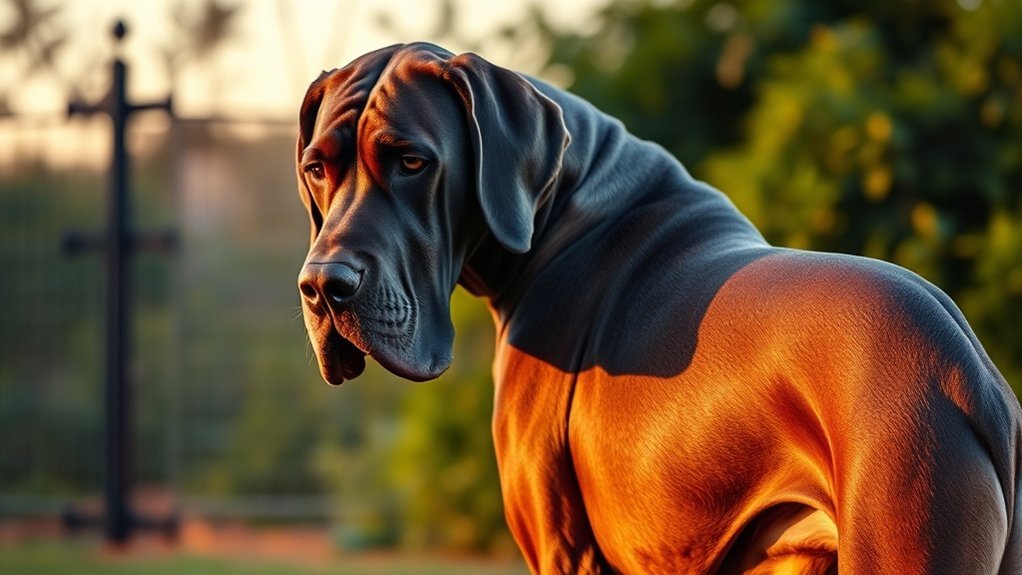
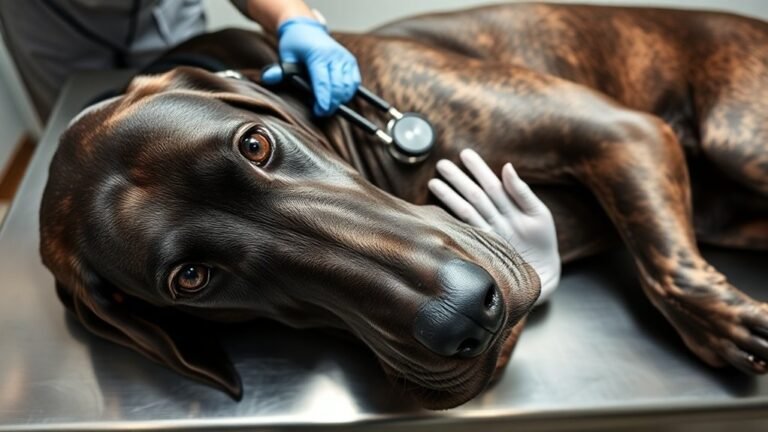
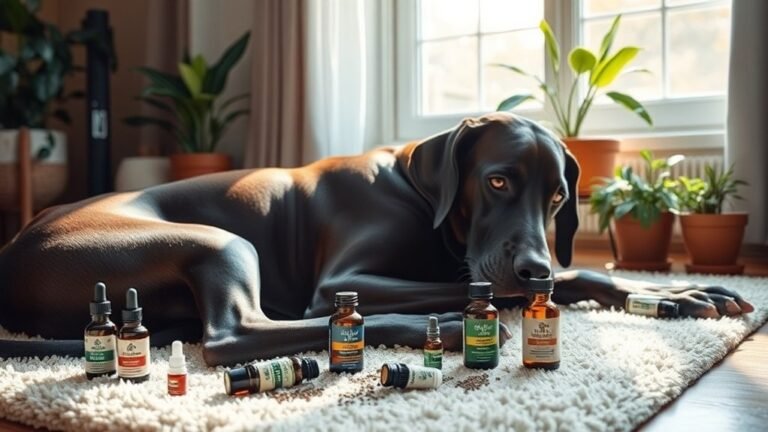

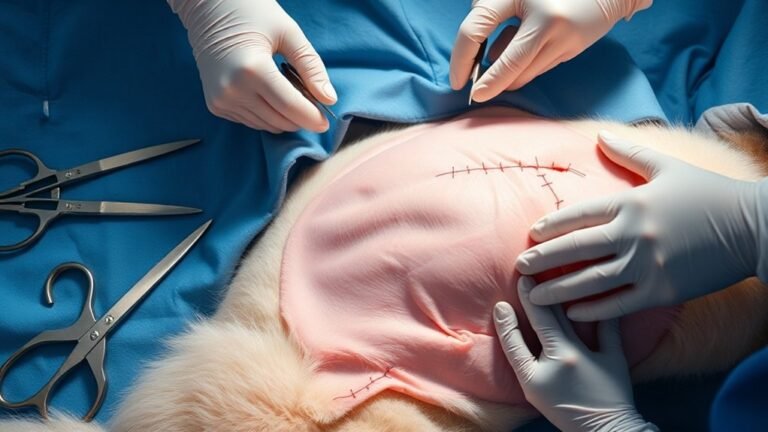
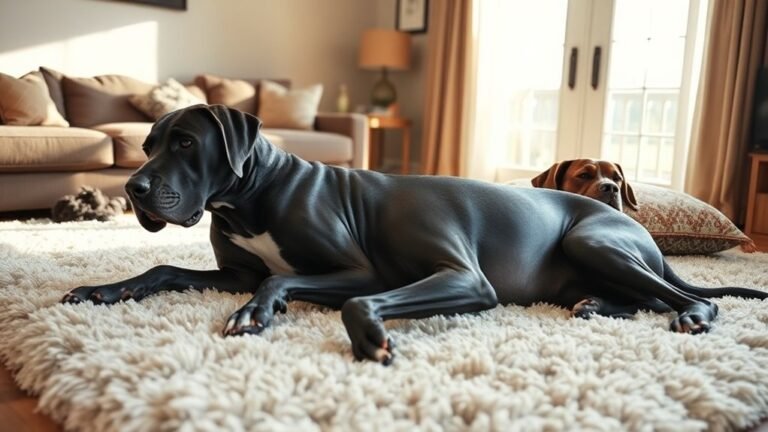
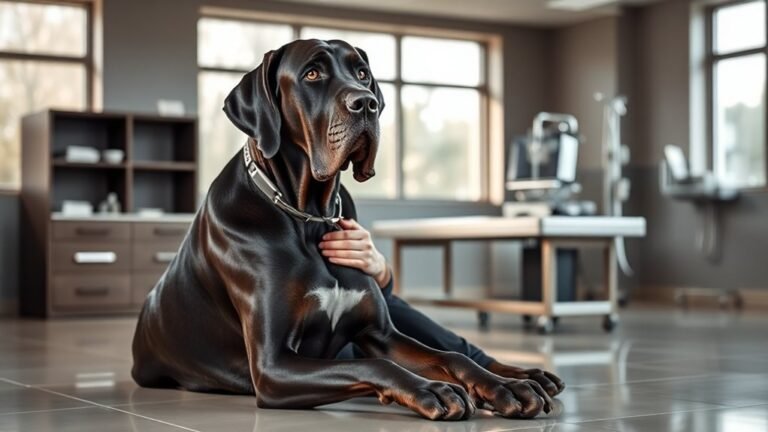
4 Comments